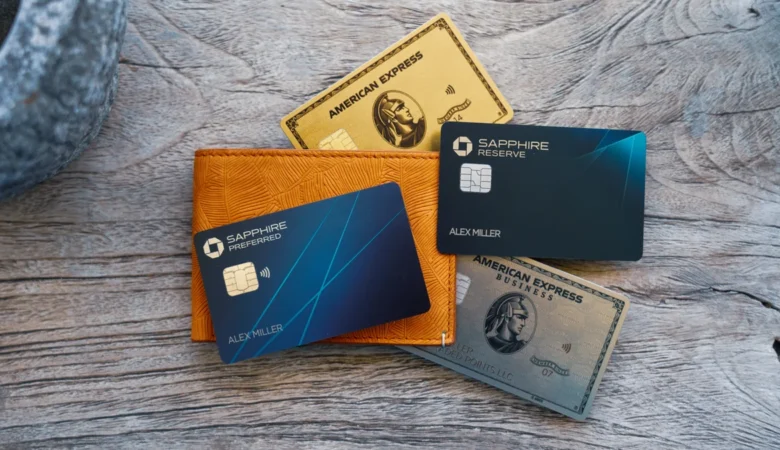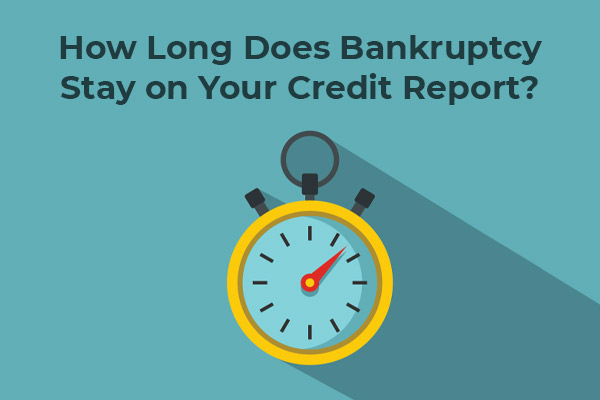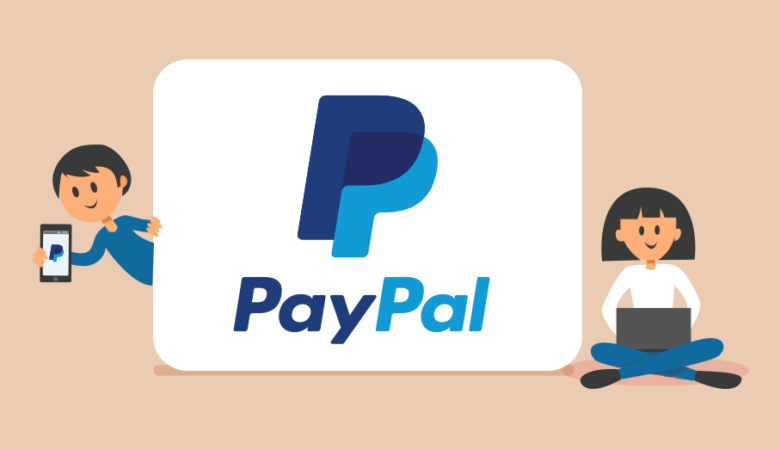Due to the recent innovations in the fin-tech space, repaying a friend for a coffee has now become a whole lot easier. With money transfer apps like Venmo and PayPal, sending and receiving money is as easy as a tap of a button on your mobile phone.
However, with the plethora of options available in the sector now, from Square Cash to Google Pay, choosing a service might prove to be a bit more of a challenge.
Venmo vs Paypal:

PayPal has for a very long time been one of the pioneers and strongest players in the payment service market. It was founded as far back as 1998. And after it acquired the fellow payments app Venmo in 2013 as part of its acquisition of Braintree for an amount of approximately $800 million. It seems as though the two apps have been dominating the space in tandem.
What is Venmo?

Venmo is a user-friendly payment service. This is an app that allows users to send and receive money from phone contacts or friends and connects to users’ bank accounts as well as credit or debit cards. The app is being owned by PayPal and at present, it is only available to users residing within the U.S.
Unlike PayPal, Venmo has been created as a mobile-first service, which is largely designed for relatively small fund transfers having a characteristic social aspect due to the (optional) visibility of transfers.
The payment service Venmo was originally established in 2009. However, it was released to the public as a money transfer app in 2012 for iPhone as well as Android users.
Venmo uses the P2P (peer-to-peer) market to help users to quickly share payments by connecting their bank accounts and/or credit card and debit cards to the service. Though there is a small fee for instant transfers to cards. However, bank transfers from the app are completely free of cost.
Apart from its simple model, Venmo has turned into something of a social media platform in itself. People are increasingly using the colloquial phrase, “Venmo me” in order to ask for payment over the Venmo app. And the rising familiarity among users has been paying off very nicely. Venmo has reportedly seen great growth in payments in the recent quarters of the financial year.
The payment service was eventually acquired by fintech giant PayPal as part of their larger acquisition of payments service Braintree in 2013.
What is PayPal?

PayPal was one of the first payment services and digital wallets and it has since dominated the market for cash apps with a huge base of loyal customers. The payment service helps users to connect their bank accounts as well as credit or debit cards to their PayPal account and send as well as receive payments on mobile devices. Moreover, PayPal is now expanding to offer even more products and services to professional businesses and consumers.
Know more About PayPal: PayPal Alternatives: 10 Best Online Payment Apps
What started as the payment provider to eBay, PayPal has since expanded itself into an almost bank-like space that offers things like loans and business as well as financial products.
As per an analysis done by Datanyze, PayPal is currently dominating the fintech space, covering over 60% market share among payment apps.
The payment transfer company was initially founded back in the 1990s by a group of very high-profile entrepreneurs which included Peter Thiel and Tesla CEO Elon Musk. Since its inception, the company has also completed several successful acquisitions which include Venmo.
With around 267 million active users in 2019, PayPal for sure has a very strong customer base.
Venmo vs. PayPal: what are differences:

First of all, Venmo and PayPal do share a lot of similarities. They are both a part of the same parent company and they also share a somewhat similar fee model and overall format.
However, the two money transfer apps do differ in certain key aspects and today we will discuss the same. The following are some of the key differences between Venmo vs. PayPal.
Security:
A major concern for users while choosing a digital payment service or cash app is its safety and security measures.
While there have been a few incidents that have raised flags in the past, Venmo promises to have bank-grade security and encryption as well as the app gives users personal PIN code for mobile transactions.
Moreover, PayPal also has a similar security and encryption system put in place to protect customers’ funds. However, Venmo requires users to register an account before transferring money while PayPal doesn’t require contacts or “friends” for you to transfer money.
Still, according to the declaration on their site, PayPal claims to keep all the customers’ information safe. When you send a payment through PayPal, the recipient won’t be able to receive sensitive financial information like your credit card or bank account number. Hence, you do not worry about transferring money to people that you don’t know.
PayPal has also put in place data servers to continuously monitor browsers to make sure they are using updated data encryption technology to ensure better safety. Additionally, the service also sends users a confirmation email in the event of their transaction gets complete or the email is sent to alert users that their funds go to the designated recipient.
Taking into account that both services have pretty comprehensive security measures put in place, users could also take steps to protect their accounts by protecting their password and bank or card related information.
Business:
PayPal originally made to work with businesses in addition to catering to individuals as a way to make digital payments and transfers easier. Hence, its infrastructure is very much suited for business.
The payment service has various enterprise plans which are specifically designed for small business, as well as it offers special business fees and services.
Among many lucrative services, PayPal also offers a “Business in a Box” plan which includes processing of the payment, ability to set up an online store, vigilant financial tracking and organization, and even an option for funding through the PayPal Business Loan or through PayPal Working Capital. The plan is free of cost while signing up for some additional set merchant rates and extra fees.
Also, PayPal allows point-of-sale and credit transactions, along with mobile card readers. It charges a fee of 2.7% for swipe as well as check-in transactions, 3.5% plus extra 15 cents for a keyed or scanned transaction. And a 2.7% fee for non-U.S. cards with an extra 1.5% cross-border fee.
However, not many businesses use Venmo for their payments or as a method of payment for their goods and services.
When in comparison to PayPal, Venmo has much less business-oriented features as its structure is more for peer to peer transactions. It does not provide any special loans or lucrative fees for business clients.
Transfer Limits:

Venmo offers a much smaller transfer limit than what PayPal does. It allows users to transfer up to only $3,000 at a time compared to PayPal’s $10,000 at a time.
The transfer limits are depending on the idea of how the services are actually in use. Venmo is primarily intended to cover all the day-to-day purchases and transfers to friends and family while PayPal is designed for daily transactions as well as bulk withdrawals or transfers.
Social:
There has been kind of a phenomenon surrounding Venmo’s surprising social quality which has even prompted people to use the app to “follow” their friends or contacts like they would on other social media platforms.
While PayPal doesn’t provide this same public connectivity. Venmo has gone on to create somewhat of a social media-esque persona for itself through its public (optionally private) transactions. That allows users to even add emojis, make comments, and likes while doing transactions between their friends.
Given Venmo’s social feel, the use of this app is typically for smaller transactions. It is like paying back a friend for that dinner or a Lyft.
Fees:
When it comes to the cost of the transaction, Venmo vs. PayPal have almost similar pricing structures to offer.
First of all, both apps are free to download and use.
However, both charge a 2.9% service fee for all credit and debit transfers. However, PayPal adds an additional 30 cents for credit transfers. While Venmo waives off the fee for debit cards and instead charges 25 cents for instant transfers to debit.
Also, both the services allow free transfers money to bank accounts or from their own account balances.
Withdrawal Speed:

PayPal and Venmo have almost similar withdrawal speeds. PayPal generally has a withdrawal speed of one to two business days. That speed is slightly on the slower side when it is in comparison with Venmo’s one.
Both of the services’ withdrawal speeds are at par with most of their competitors. They generally average between one and three business days for completing a transaction.
Special Features:
One major reason for PayPal’s growing business is its expansion and experimentation into areas that have made it slightly more like a bank than a mere payments transfer app. PayPal now performs certain services like extending credit, financing purchases. And it also giving customers a MasterCard which is for specific PayPal uses.
Also, many stores now accept PayPal as a payment method for their goods, while there are rarely who accept Venmo. In fact, according to a report by TheStreet, the payment method at 82% of top retailers accepts PayPal.
While Venmo provides accounts that usually have the user’s photo and friends or connections with it. PayPal also has its own shareable link called PayPal.me. That allows you to know who is transferring the money or who is receiving it. Users can also send the link to customers, friends, or companies to getting paid by following the link.
While Venmo has also begun experimenting into other financial services and products like a debit card. It is definitely still far behind PayPal in this area.
Conclusion:
This decision largely depends on why you’re using the service for. For common individuals who are primarily using the service to pay relatively small amounts to family or friends (basically, people you know). Venmo allows it at low fees and a simple format that appeals to users of all ages – specifically millennials. Venmo’s design and features are for smaller, daily transactions and not for big purchases or transfers. Simply put, this design is between friends.
On the other hand, the design of PayPal is for users who are either businessmen or merchants or those who want to send a large amount of money or transfer funds to people they may not know. The payment service is also very useful for online shopping as it has a wider range of products and offers.
Additionally, if you want to use cash apps or payment services for purchases at retail shops, PayPal has a wider range of retailers who accept this mode of payment.
While both the services basically perform similar functions, Venmo is a lot better for users who just want to send and receive small amounts of money without incurring large fees on a daily basis.
Read More:
How To Pay And Receive Money Using Google Pay – Detailed Guide
Pros And Cons Of Paying Taxes With Credit Cards






Hello. This article was extremely amazing. There are many money sending apps like Venmo and PayPal. And this article is very informative for knowing difference between Venmo and PayPal. Keep writing.